"ツーリングスキーは技術的には整備されたトレイルでも使えますが、最適とは言えません。バックカントリーの冒険向けに設計されており、登りの効率と携帯性を優先しているため、滑らかなリゾートコースでは安定性、スピード、コントロールを犠牲にしています。整備された斜面を滑るなら、伝統的なアルパインスキーかSnowfeet*のショートスキーの方がパフォーマンスが優れています。"
"ポイントはこうです:"
- "ツーリングスキー:軽量で登りに最適ですが、硬く締まった整備雪上では不安定で操作が難しいです。スピードも得意ではありません。"
- "アルパインスキー:整備されたトレイルでのスピード、安定性、カービングに優れています。ただし、かさばり、専用ブーツが必要で、習得には時間がかかります。"
- "Snowfeet* ショートスキー:コンパクトで操作が簡単、初心者にも優しい。普通の冬用ブーツで使え、携帯性と利便性を重視するカジュアルスキーヤーに最適です。"
"クイックヒント:主に整備されたトレイルで滑るなら、アルパインスキーかSnowfeet*を選びましょう。ツーリングスキーはバックカントリーの冒険向きです。"
"2025年 80-112 mm アルパインツーリングスキー比較 SkiEssentials.com"

"1. ツーリングスキー"
"ツーリングスキーはバックカントリーでの冒険のために作られています。しかし、整備されたトレイルでは性能が追いつかないことが多いです。登りの効率を優先しているため、特に滑らかで速いコースでは下りの性能が犠牲になっています。"
コントロール
"整備されたトレイルでは、コントロールがツーリングスキーの弱点に感じられます。登りのために軽量化されているため、ダウンヒルスキーにある剛性や精度が不足しています。専門家によると、ツーリングスキーは最小限の重量を重視して作られている一方、ダウンヒルスキーは安定性のために剛性を重視しています。ツーリングスキーの柔らかいフレックスは高速時にバタつきを引き起こし、コントロールが難しくなります。さらに、ツーリング用のビンディングとブーツはアルパインギアほど力を直接伝えられず、精密な動きが難しくなります。"
スピード
"スピードも、ツーリングスキーが整備されたトレイルで劣る点の一つです。バックカントリーの専門家、タム・マクタビッシュが最もよく説明しています:"
"バックカントリースキーとブーツは登りに特化して設計されています。バックカントリーギアに求められる特性は、リゾートスキーには向かないことが多いです。バックカントリーギアで上達するのはずっと難しい。まるでオフロードタイヤを履いたリフトアップされた4x4で運転を覚えるようなもの。できないわけではないけど、無駄に難しくなります。"
軽量な構造は登坂には優れていますが、硬い雪上での高速ランに必要な安定性を提供しません。控えめなサイドカットと柔らかいフレックスは整備されたトレイルでのカービングを難しくし、設計上の妥協点をさらに際立たせています。
多用途性
ツーリングスキーは整備されたトレイルをこなせますが、それには努力が必要です。パウダーでの浮遊に最適な幅広のウエストは、硬い雪上では安定性を低下させることがあります。ターンにはより多くの筋力と集中力が必要で、エッジを使うには積極的な傾きが求められます。これにより硬い表面での余分な振動や不安定さが生じることがあります。
マクタビッシュはこのトレードオフを完璧にまとめています:
「登りの快適さは軽さと柔軟なブーツによって助けられます。下りのコントロールは重さと硬いブーツによって助けられます。」
携帯性
ツーリングスキーが真に輝くのは携帯性です。カーボンファイバーや多層木材などの軽量素材で作られており、持ち運びが簡単です。これにより、遠隔地のトレイルへの長いトレッキングや駐車場からのギア運搬に最適です。しかし、その軽さは大きな利点である一方で、リゾートスキーに適した機能を犠牲にしています。携帯性と性能のバランスは、次のセクションでツーリングスキーと他の選択肢を比較する舞台を整えます。
2. 伝統的なアルペンスキー
伝統的なアルペンスキーは整備されたトレイルで輝き、高速での安定性とコントロールを提供します—これはツーリングスキーがしばしば及ばない特性です。しかし、Snowfeet*の機敏なデザインと比較すると、その制限がより明らかになります。この対比は両者のトレードオフを浮き彫りにします。
ツーリングスキーは携帯性を重視するためスピードとコントロールを犠牲にしますが、伝統的なアルペンスキーは安定性を優先します—ただしそれにも妥協点があります。
コントロール
アルペンスキーの硬い構造と精密なジオメトリーは、コントロールとカービングの達人たらしめています。XCSkiResorts.comの創設者兼編集者であるロジャー・ローアは、アルペンスキーの喜びをこう表現しています:
「明らかに、熟練したアルペンスキーヤーやスノーボーダーは楽しみ(楽しみとは娯楽や喜びをもたらすものと定義されます)とスリルを味わっています。山のリフトに乗り、スピードをコントロールしながら風を顔に感じて斜面を滑り降りるのは何が悪いでしょうか…あるいは、静かな輝く森の中の狭い道を未踏のパウダーの上でスノーボードに乗って浮遊するのも同様です。」
「スピードコントロール」に重点を置くことは、伝統的なアルペンスキーの特徴です。長年にわたり、装備の進歩によりスキーはより身近なものとなり、スキーヤーはかつてないほどのコントロールを手に入れました。しかし、アルペンスキーの長い長さは狭い場所での機動性を低下させることがあり、ここでSnowfeet*のコンパクトなデザインが真価を発揮します。
スピード
スピードを追い求めるなら、従来のアルペンスキーがそれに応えます。その長さとデザインは高速滑降時に比類なき安定性を提供します。Snowfeetチームが説明するように:
"長いスキーはスピード狂のために作られています。その長さとデザインは高速で滑降するときに安定性を保つので、速い下りが好きならこれが最適かもしれません。とはいえ、ほとんどのコースではスノーブレードと通常のスキーの違いは感じられません。"
これは重要なトレードオフを示しています。従来のアルペンスキーは極端なスピードで優れていますが、ほとんどのレクリエーションスキーヤーは通常の整備されたコースで大きな違いを感じません。多くの場合、速度向上のために使われないかもしれない余分な長さと重さを持ち運んでいるだけなのです。
多用途性
従来のアルペンスキーにはさまざまな専門的デザインがあります。例えばレーシングスキーは硬いフレックスで硬雪上の高速性能を追求しています。一方、オールマウンテンスキーは柔軟性があり、パウダー向けの幅広デザインからモーグル用の狭いモデルまで選べます。カービングスキーは整備されたコースでのタイトなターンに最適ですが、異なるコンディションへの適応性は低いです。この専門性のために、異なる地形に対応するために複数のペアを所有することが多く、Snowfeet*のようなオールインワンの選択肢よりも汎用性が低いことが多いです。
携帯性
150~180cm以上の長さがある従来のアルペンスキーはかさばり、運搬に多くの労力が必要です。車に積んだりゲレンデまで運んだりする際、そのサイズと重さはSnowfeet*のコンパクトなデザインと比べて面倒です。Snowfeet*製品は余分なかさばりなしに整備されたトレイルでの高いパフォーマンスを発揮し、携帯性と利便性を重視する人にとって実用的な代替品となります。
sbb-itb-17ade95
3. Snowfeet* ショートスキーとスキブレード
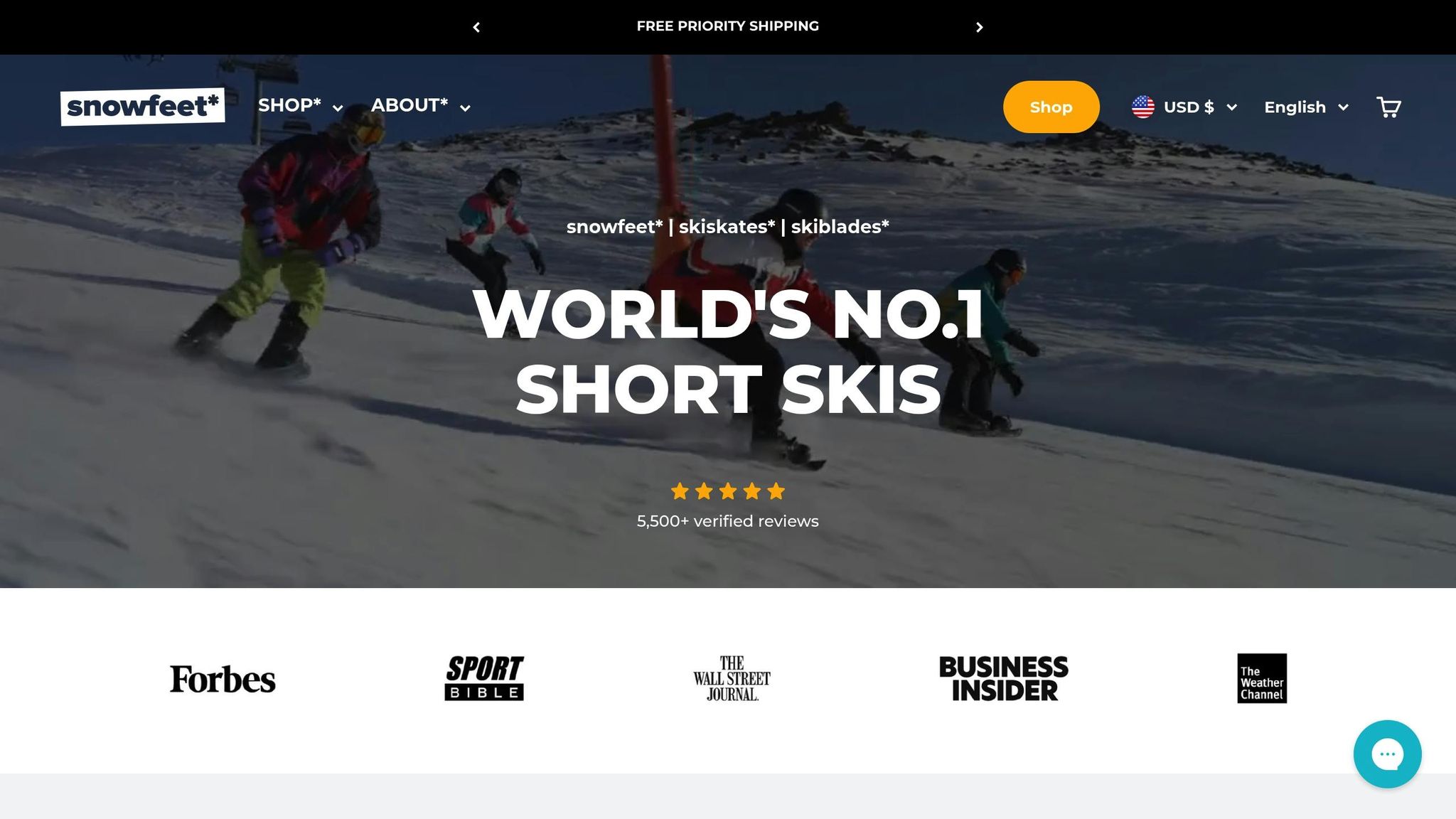
Snowfeet*のショートスキーとスキブレードは、整備されたトレイルでのスキーに新しい視点をもたらし、従来のアルペンスキーの一般的な課題に対応しています。アルペンスキーはかさばることがあり、ツーリングスキーはバックカントリー向けに作られていますが、Snowfeet*製品は整備された地形にこだわるスキーヤーに理想的なバランスを実現しています。
コントロール
Snowfeet*スキーの短い長さは、コントロール面で大きなアドバンテージをもたらします。コンパクトなデザインは扱いやすく、特に初心者や年配のスキーヤーがゲレンデでより自信を持って滑るのに役立ちます。この短縮された長さは転倒のリスクを減らし、正確なターンをずっと簡単にします。Snowfeet*は65cm(約26インチ)から120cm(約47インチ)までのオプションを提供しています。初心者には扱いやすい短いモデルがおすすめで、経験豊富なスキーヤーは高速での安定性を求めて長めの長さを好むかもしれません。
スピード
スピードに関しては、Snowfeet*スキーは十分に対応しています。短いサイズは遅い印象を与えるかもしれませんが、ほとんどのレクリエーションスキーヤーは整備されたコースで大きな違いを感じません。むしろ、これらのスキーはより自由な動きを提供します。経験豊富なスキーヤーにとって、スキーボードは独特の挑戦をもたらし、斜面でのスピードとダイナミクスを新鮮に体験できる方法です。冒険好きなスキーヤーの間で人気が高まっている異なる種類のスリルです。
多用途性
Snowfeet*製品は多用途性に優れています。ツーリングスキーや伝統的なアルペンスキーと比べて、さまざまな環境により適応できます。斜面、スノーパーク、ハイキングトレイルの探検、地元の丘での楽しみなど、これらのスキーはすべて対応可能です。さらに、さまざまな冬用シューズに対応しており、高価なスキーブーツが不要です。この柔軟性により、スキースケート、クロスカントリースキー、新しい体験に最適な選択肢となります。加えて、スキースケートはすべてのサイズにフィットするよう設計されており、家族向けの選択肢でもあります。
彼らの最高のパフォーマンスは整備された雪上で発揮されます。ここはほとんどのレクリエーションスキーヤーが過ごす場所です。オフトレイル性能を優先してトレイル上の性能を犠牲にするツーリングスキーとは異なり、Snowfeet*製品はあなたが最も遭遇しやすい条件に合わせて作られています。さらに携帯性の良さを加えれば、かさばるスキーギアの代わりとして際立った選択肢となります。
携帯性
Snowfeet*製品の最大の魅力の一つはその携帯性です。丈夫でありながら軽量なプラスチック製で、持ち運びが簡単です。最も長いモデルでも伝統的なアルペンスキーよりずっと小さく軽いため、輸送が楽々です。
この携帯性には実用的な利点があります。車に積むのにルーフラックは不要で、階段を上るのも狭い場所に収納するのも簡単です。軽量設計なので疲れにくく、スキーにエネルギーを温存できます。短時間のセッションや週末の旅行、伝統的なギアの手間を省きたい方に、Snowfeet*スキーは最適な選択肢です。そのコンパクトなサイズと利便性は、思い立ったらすぐに冒険に出かけられる完璧な相棒です。
長所と短所の比較
ツーリングスキー、伝統的なアルペンスキー、そしてSnowfeet* Short Skisの中から整備されたトレイル用に選ぶ際、それぞれに強みとトレードオフがあります。主要な性能面での比較を簡単にご紹介します:
| 特徴 | ツーリングスキー | 伝統的なアルペンスキー | Snowfeet* ショートスキー |
|---|---|---|---|
| コントロール&操作性 | 混合地形に適しているが、整備されたコースにはやや不向き | 整備された斜面での優れたコントロールだが、技術が必要 | 正確なターンと優れたコントロールで扱いやすい |
| スピード性能 | 中速で、主に登坂移動向けに設計 | 滑らかで整備されたコースでの高速カービング | スピードと操作性のバランスが取れた楽しいスキー体験 |
| 習得の難易度 | 急勾配 – 経験豊富なバックカントリースキーヤーに最適 | 急勾配 – 技術的な専門知識が必要 | 穏やか – 初心者に優しく習得しやすい |
| 携帯性 | 中程度 – 軽いがまだコンパクトではない | かさばり、持ち運びが難しい | 非常に携帯性が高い – 軽量でコンパクト |
| 装備費用 | 高い – 専用のブーツとビンディングが必要 | 非常に高い – スキー、ブーツ、ビンディングへの投資が必要 | 低い – 普通の冬用靴で使える |
| 多用途性 | バックカントリーに最適、整備されたトレイルでは制限あり | 整備された斜面に最適化 | 斜面、公園、トレイル、さらには裏庭でも使える |
| 収納 | 長さのためにより多くのスペースを取る | かなりの収納スペースが必要 | コンパクトで収納しやすい |
選択肢の分析
ツーリングスキーはバックカントリー環境、特に登りに優れています。しかし、その軽量設計は整備されたトレイルでは安定性や反応性に欠けることがあります。
一方、従来のアルペンスキーは整備されたゲレンデで輝きます。スピードと滑らかなカービングに適しており、熟練スキーヤーに人気です。しかし、習得には急な学習曲線があり、高価な装備が必要なため、カジュアルや初心者のスキーヤーには向かないかもしれません。
さて、Snowfeet*のショートスキーについて話しましょう。これらのコンパクトなスキーは、整備されたトレイルに新しい利便性と楽しさをもたらします。短い長さで初心者でも非常に操作しやすいです。斜面をカービングしたり、庭で遊んだり、どんな場面でも対応できる多用途性があります。さらに軽量でコンパクトなので、車やバックパックにも簡単に収まります。特別なブーツも不要で、普通の冬用シューズに装着するだけで準備完了です。
日常使用に関しては、従来のアルペンスキーは面倒に感じることがあります。そのサイズと重さは気軽な外出を少し大変にします。Snowfeet*なら、最長モデルでもコンパクトで手軽に持ち出せるため、短時間の外出に最適です。パフォーマンス、携帯性、使いやすさを求めるレクリエーションスキーヤーにとって、Snowfeet*はゲームチェンジャーです。
結論
上記の比較に基づくと、Snowfeet*のショートスキーは米国の整備されたトレイルで明らかに輝いており、ツーリングスキーや従来のアルペンスキーを利便性と操作性で凌駕しています。ツーリングスキーはリゾート外の冒険には優れていますが、整備されたコースで同じ安定性を提供するのは難しいです。従来のアルペンスキーはこれらのトレイルで良い性能を発揮しますが、専門のスキーブーツが必要で、カジュアルなスキーヤーには魅力的でないかもしれません。
5,500件以上のレビューと驚異の4.9星評価を誇るSnowfeet*は、操作のしやすさと単純に楽しい使用感でユーザーの心を掴んでいます。スキーヤーたちの声を聞いてみてください:
"このSkibladesはとても楽しくて操作も簡単。もう普通のスキーには戻れません。" – Andrew B.
"絶対的なゲームチェンジャー!軽くて速く、乗るのが信じられないほど楽しいです。" – Nathan F.
Snowfeet* は誰にでもぴったりのアイテムがあります。初心者は38cmのMini Ski Skatesでスポーツに慣れることができ、中級者は65cmと99cmのSkibladesの安定性と反応の良さを楽しめます。上級者?彼らは多用途性を気に入るでしょう。整備されたゲレンデをクルーズしたり、パークで遊んだり、トレイルを探検したり、庭で楽しんだり。さらに、普通の冬用ブーツで使えるので、高価なスキーブーツを買う必要もありません。そして一番のポイントは?ほとんどの米国のスキーリゾートで使用が許可されているので、簡単に持ち運んで山に出かけられます。
よくある質問
ツーリングスキーは整備されたトレイルに適していますか、それとも他のものを使うべきですか?
ツーリングスキーは整備されたトレイルには理想的な選択ではありません。彼らはバックカントリーの冒険や未踏の雪でその軽量設計と多用途性が輝くオフピステの地形向けに作られています。しかし、滑らかで整備された表面では?しばしば物足りません。ツーリングスキーは通常、あの手入れされたトレイルで自信を持ってカービングするために必要な剛性、エッジグリップ、スピードコントロールが不足しています。その種のスキーにはアルペンスキーが最適です。より長く、より硬い構造でスピードとコントロールをプロのように扱います。
もっと携帯性がありながら多用途なものをお探しですか?Snowfeetの短いスキーはまさにあなたに必要なものかもしれません。コンパクトで使いやすく、整備されたトレイルで優れたコントロールを提供します。スキブレードと伝統的なスキーの間の絶妙なバランス—機敏で高性能、かさばらずに楽しめます。最小限のギアで最大限の楽しみを求める人にぴったりです。
なぜSnowfeet*のショートスキーは整備されたトレイルの初心者にとって素晴らしい選択なのでしょうか?
Snowfeet*のショートスキーは、整備されたトレイルに挑戦する初心者にとって素晴らしい選択肢です。なぜなら、軽量でコンパクト、扱いやすさ抜群だからです。短いデザインは伝統的なスキーよりもはるかに威圧感がなく、新しいスキーヤーにより良いバランスとコントロールを提供します。これにより転倒が減り、自信がつき、ゲレンデを楽しむまでの道のりが早くなります。
もう一つの大きな利点?これらのスキーは信じられないほど携帯しやすいのです。重くて扱いにくいギアを持ち運ぶ必要はありません—ただ手に取って出かけるだけ。さらに、そのシンプルなデザインは初心者が基本を早く習得するのに役立ち、楽しむ時間を増やし、苦労する時間を減らします。スキー初心者なら、Snowfeet*のショートスキーでゲレンデをもっと簡単に、ずっと楽しく滑れます。
なぜSnowfeet*製品は伝統的なスキーと比べてカジュアルスキーヤーにとってより良い選択なのでしょうか?
Snowfeet*製品は、その軽量でコンパクト、使いやすいデザインのおかげでカジュアルスキーヤーに最適な選択肢です。長くて重く、多くの追加装備が必要な伝統的なスキーとは異なり、Snowfeet*のミニスキーやスキブレードは携帯性と簡単なセットアップを重視して作られています。これにより、初心者や面倒を避けてすぐに楽しみたい人に理想的です。
これらのスキーの短い長さは、特に整備されたトレイルでの操作性とコントロールを向上させます。さらに、その巧妙なデザインは、かさばる伝統的なスキーに代わる楽しく手間のかからない選択肢を提供します。多用途でメンテナンスが少なく、バックパックに収まり、楽しい時間を続けたいなら、Snowfeet*はまさにあなたにぴったりかもしれません。







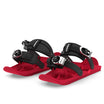
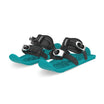












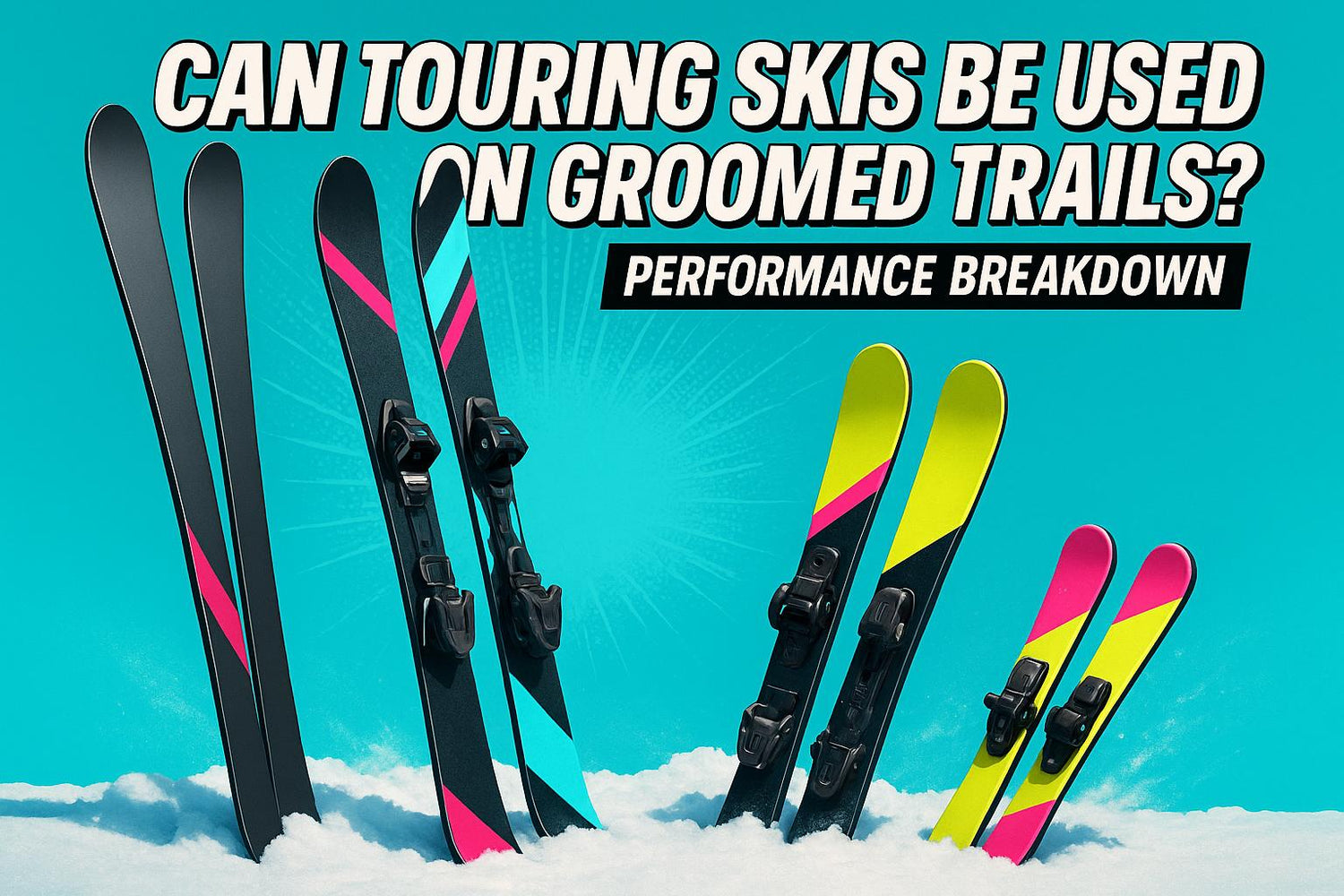
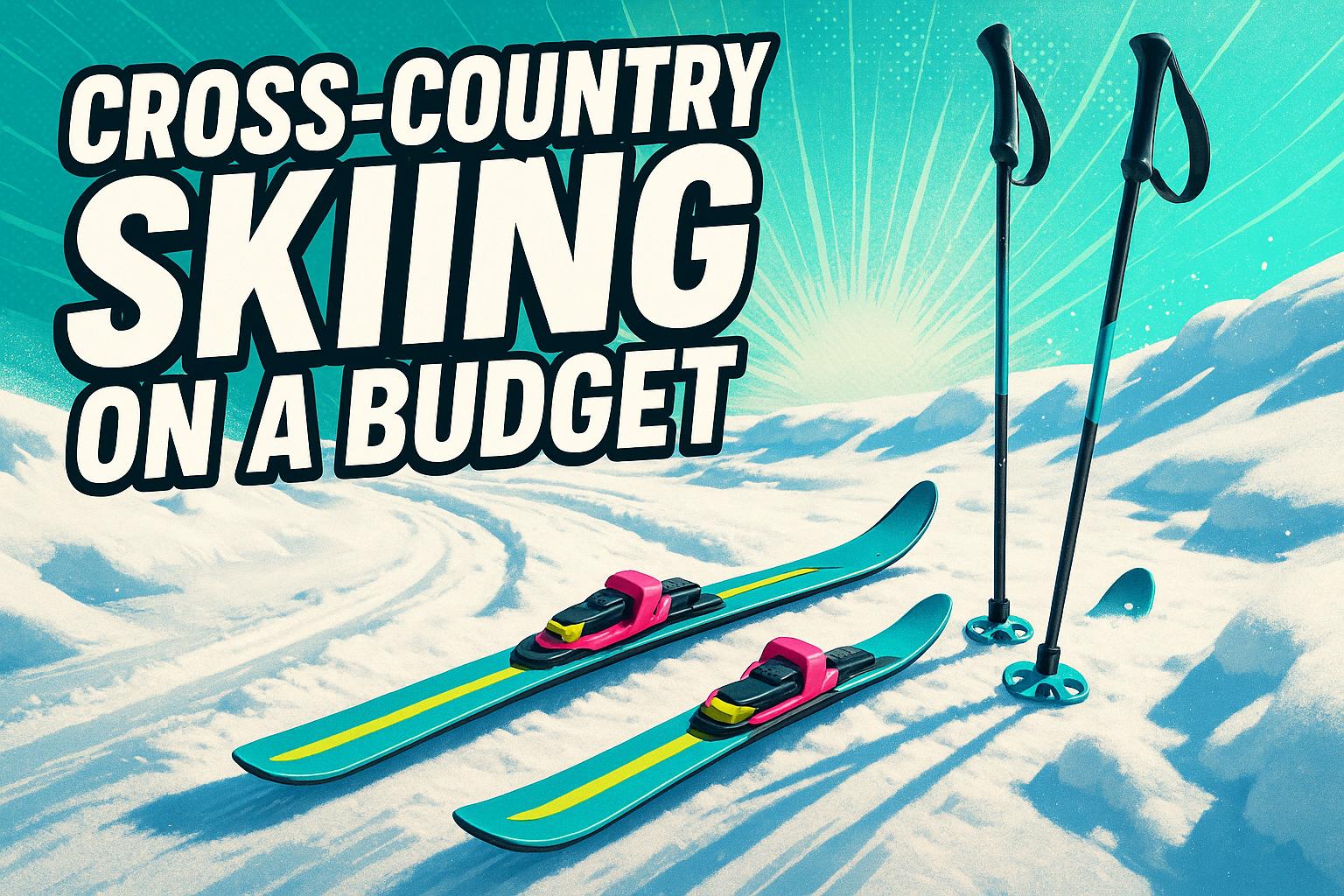





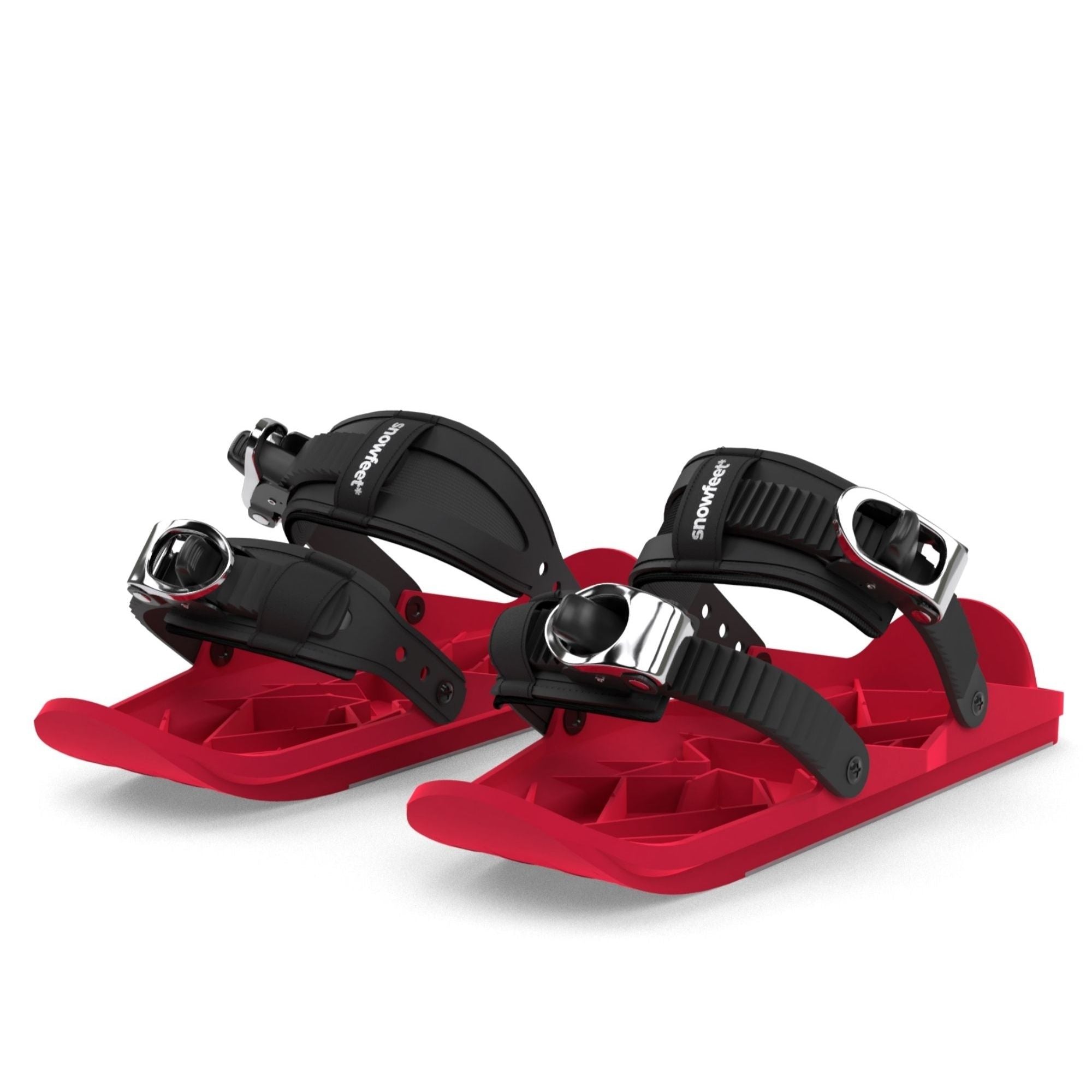
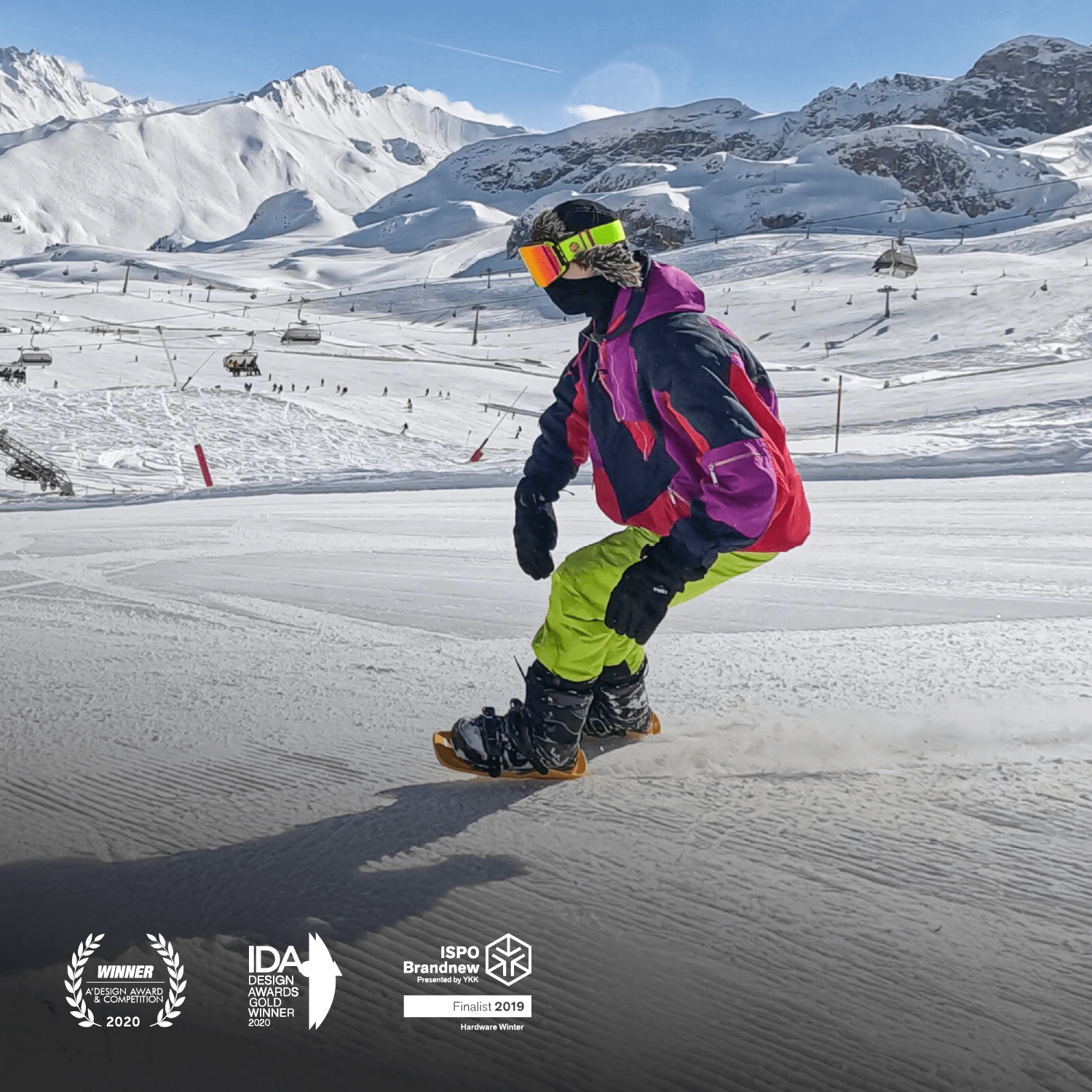




コメントを残す
このサイトはhCaptchaによって保護されており、hCaptchaプライバシーポリシーおよび利用規約が適用されます。